How to Vote
My Vote, My Rights
Useful Information For Voters
The Federal Election Day is on Monday, April 28, coming up in
Your ID
Three options to prove your identity and address:
Option 1: Show one of these pieces of ID
- your driver’s licence
- any other card issued by a Canadian government (federal, provincial/territorial or local) with your photo, name and current address
Option 2: Show two pieces of ID
- Both must have your name (same name in both IDs), and at least one must have your current address. Examples: voter information card and bank statement, utility bill and student ID card. Click here to see the list of accepted ID for Option 2.
Option 3: If you don’t have ID
- You can still vote if you declare your identity and address in writing and have someone who knows you and who is assigned to your polling station vouch for you. The voucher must be able to prove their identity and address. A person can vouch for only one person (except in long-term care facilities).
Good to know:
Your voting IDs do not need to have your photo or gender marker on them. Your gender is not included on the list of electors at the polls.
Gender on IDs
You don’t need IDs that show your gender. You can still use IDs even if the gender doesn’t match, as long as your name and address are correct and match your name and address on your voter registration.
My photo ID doesn't look like me
You can still use your photo ID even if your appearance does not match the photo, as long as the names and address match the name and address on your voter registration. You do not have to show any other documents.
Matching Names on IDs
The names on the two pieces of ID you show to vote must be the same and match the name in your voter information. There are many options to prove your identity and address.
Recent Name Change
If you recently changed your name, Elections Canada cannot validate and process any changes to your name or gender if some of their data sources have different information about you. However you can make the change in person, either at your assigned polling station when you go to vote or at your local Elections Canada office by April 22, 6 p.m.. Updating your information directly with Elections Canada ensures your name will appear correctly on your voter registration and on your voter information card.
ID can be in print or digital form. Examples: bank account statement, utility bills, educational transcript or report card, hospital card or record.
Your Address
Let the voting place staff know if you currently do not have a permanent address.
Eligible electors wihtout a fixed address can show an official letter called a Letter of Confirmation of Residence. If you have gone to an establishment that offers food, housing or other social services, you can ask the administrator of the establishment for this letter (eg. shelter, community centre).
Your Safety
If you feel that your voting location is not a safe space for you, you can vote by mail.
Vote by Mail: Submit a Vote by Mail application. Remember that to vote by mail, you need to plan early. Deadlines apply, and you must allow enough time for your special ballot voting kit to reach you and for you to return your marked ballot to Elections Canada by election day.
Vote Early: There are around 500 Elections Canada offices open across the country. You will vote using the special ballot process. Vote at any one of them by April 22, 6 p.m.
To find out how accessible your assigned polling station is:
- check your voter information card;
- visit elections.ca and enter your postal code into the Voter Information Service box; or
- call us at 1-800-463-6868 or 1-800-361-8935 (TTY).
All polling stations will have either an automatic door opener or an election worker at the door to provide assistance.
When to Vote
A Federal Election has been called. Election day is Monday, April 28, 2025.
To find more information, check your voter information card or use our Voter Information Service.
Vote early at any Elections Canada office. There are around 500 Elections Canada offices open across the country. Vote at any one of them by April 22, 6 p.m. You will vote using the special ballot process. The offices are open seven days a week: Monday to Friday: 9 a.m. to 9 p.m.; Saturday: 9 a.m. to 6 p.m.; Sunday: noon to 4 p.m.. Click here to find the Elections Canada office nearest you.
Vote by mail, apply online or at any Elections Canada office across the country. Don’t wait, deadlines apply. You must apply by Tuesday, April 22, 6 p.m. You will vote using the special ballot process. Once you have applied to vote by mail, you can’t change your mind and vote at advance polls or on election day.
Vote at your assigned advance polling station from 9 a.m. to 9 p.m. from Friday, April 18 to Monday, April 21.
Vote at your assigned polling station on election day, Monday, April 28. Polls will be open for 12 hours (hours vary by time zone).
